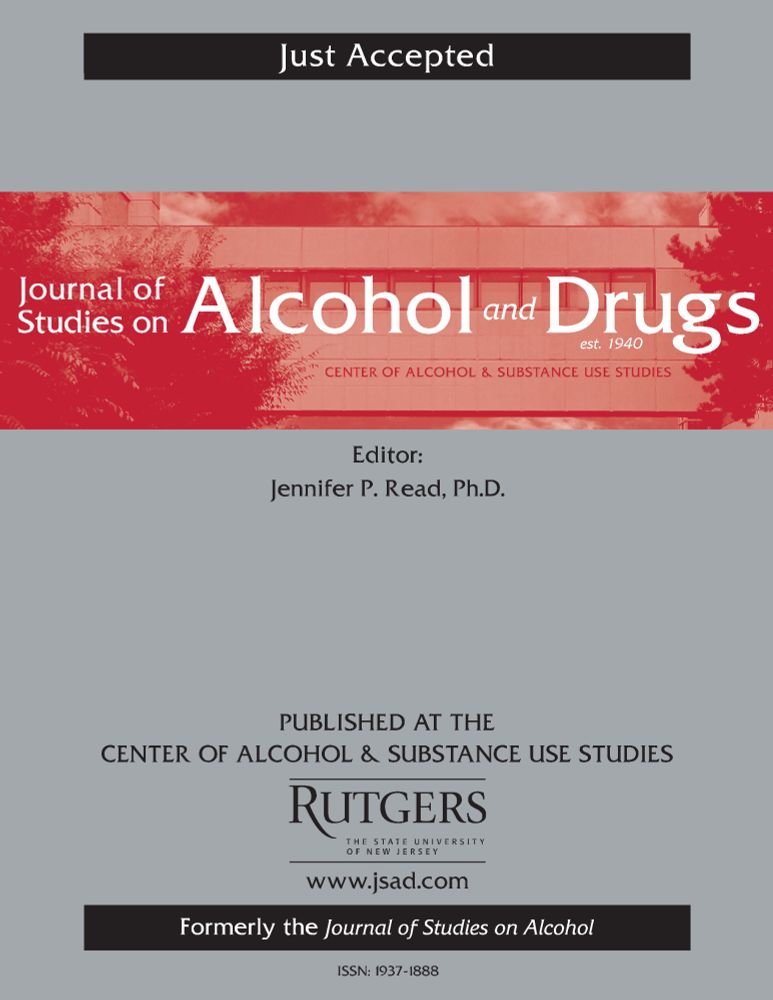Daily Anxiety and Dual Use of Cigarettes and Vaping Products: Disparities by Sex, Race, and Ethnicity in U.S. Adults: Journal of Studies on Alcohol and Drugs: Vol 86, No 5
Objective: Despite a decline in cigarette use, the dual use of cigarettes and electronic vaping products (EVPs) is a concerning pattern of nicotine consumption in the United States. Anxiety, a risk factor for tobacco use, may contribute to dual-use patterns; however, the association between daily anxiety symptoms and dual use of cigarettes and EVPs is not known. This study investigated associations between daily anxiety symptoms and dual cigarette and EVP use overall and by sex, race, and ethnicity. Method: Data are from the 2020–2022 National Health Interview Survey (n = 83,544). Multinomial logistic regression models, adjusted for sociodemographic factors, tobacco use, mental health services, and medication characteristics, examined the relationship between daily anxiety and current exclusive/dual cigarette and EVP use. Stratified analyses explored effect modification by sex, race, and ethnicity. Results: Among the sample, 13.0% reported daily anxiety symptoms, and 1.3% reported dual cigarette and EVP use. Daily anxiety was associated with increased odds of exclusive cigarette (odds ratio [OR] = 1.54, 95% CI [1.42, 1.68]), exclusive EVP (OR = 1.44, 95% CI [1.23, 1.68]), and dual use (OR = 2.16, 95% CI [1.77, 2.63]). Stratified analyses showed significant associations between dual use and daily anxiety among Hispanic, non-Hispanic White, non-Hispanic Black, and non-Hispanic Asian adults. Of note, Hispanic males and females, non-Hispanic White males and females, Black females, non-Hispanic Asian males, and females of another race/ethnicity had higher odds of dual use, whereas Asian females had lower odds. Conclusions: This study highlights heterogeneous relationships between daily anxiety and dual cigarette and EVP use at the intersection of sex, race, and ethnicity. Tailored interventions addressing persistent mental health symptoms are crucial for reducing tobacco use and associated disparities.





